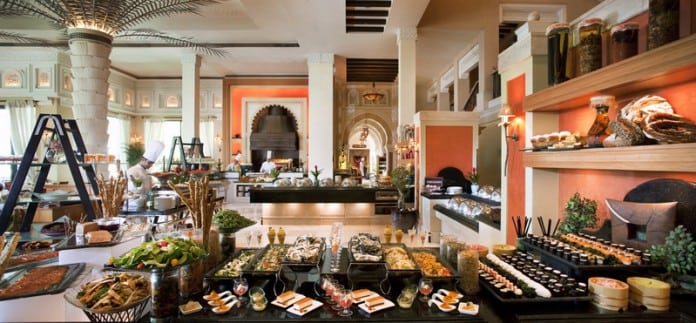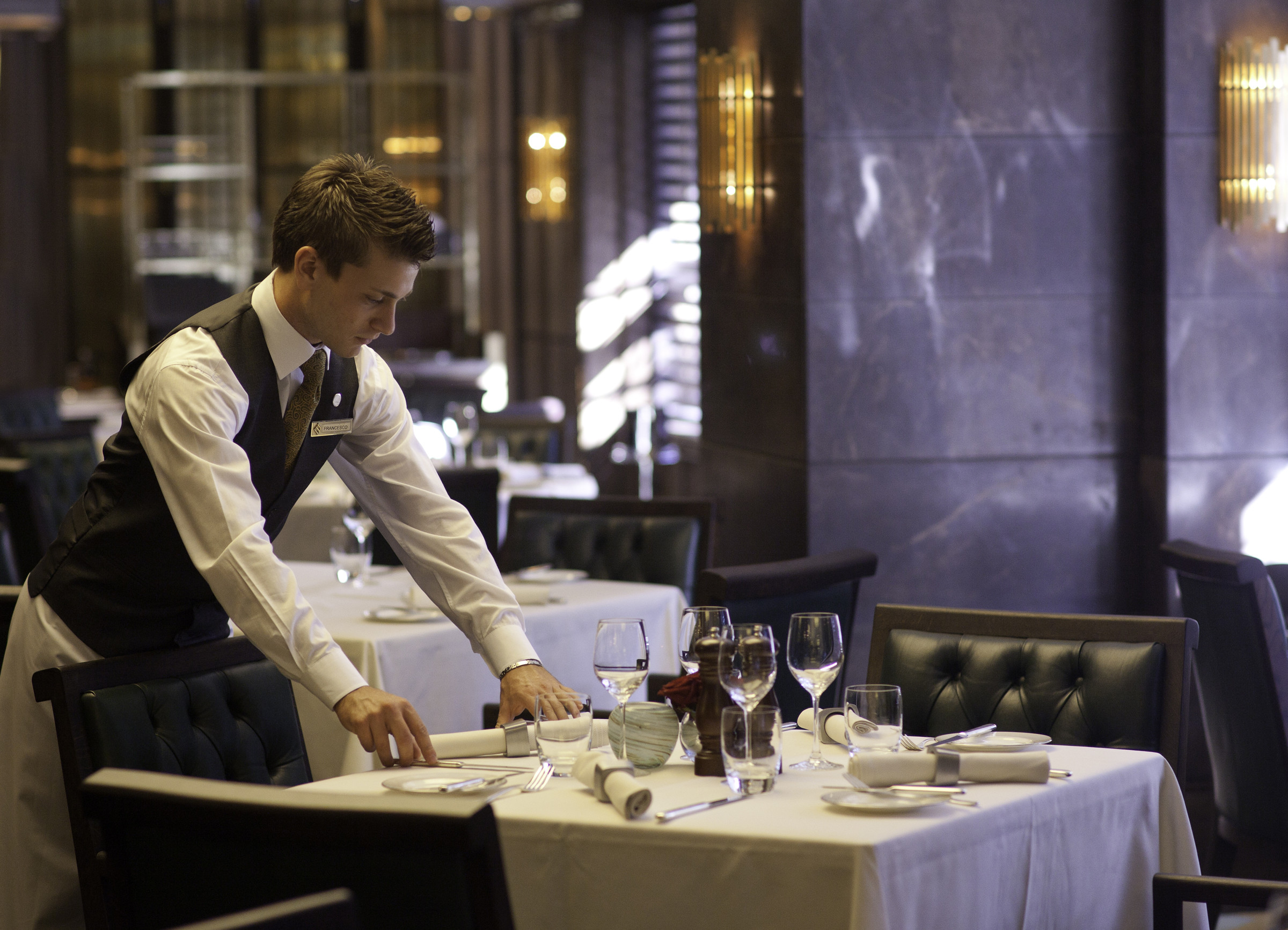
The two most noteworthy trends in for 2016 have nothing to do with food
Big disrupters are a revolution in high-speed food delivery to homes and offices, and a conversation regarding tipping and pay disparities. Cleansing menus of additives won’t be enough. Why there’s a new obsession with fried chicken, plus at the end of the article you can find the strongest keywords when it comes to food and beverage for the year ahead.
Explore the most significant predictions about the hottest global food and beverage trends 2016 follow.
5. Tipping and Wages - Do we have too many restaurants?
Fundamentally, the cost of going out to a fine-dining restaurant is false.
In truth, the restaurant industry's amazing growth over the past five decades has depended on artificially low prices that are based upon underpaid labor. In the fast food business, low labor costs are subsidized by taxes on the general public to pay for employees' food stamps and other supplementary welfare payments. In fancy restaurants, your $36 main course could easily have been made by a $10/hour cook sweating in an overheated kitchen.
Social and economic trends move glacially ... and then seem to happen all-at- once. While most people pooh-pooh no-tipping restaurants as un-American, the movement now possess momentum.
Fact is that even above $15/hour, restaurants are finding it impossible to hire cooks while keeping their labor costs in line ... indicating two things: 1) Pay is too low, and 2) Prices are too low. If forced to pay the full price for food, would consumers eat out less? Quite probably. You might conclude that we have too many restaurants and not enough cooks ... and that shifts in prices and wages might even things out ... at least that's what they said in Economics 101.
Meanwhile, local governments are passing "living wage" laws, lifting minimum wages, sometimes abolishing tip credits ... raising labor costs for operators. The disparity between earnings of tipped waiters and untipped back-of-house grunts is becoming a moral issue tinged with class warfare. Meanwhile, waiters sue over untipped sidework ... and lower-down employees are inflamed by how tips are distributed.
Death-by-a-thousand-cuts: State and Federal governments, grasping for every penny, make accounting for tips, benefits, meals, etc. increasing complex and costly ... all prompting operators to think more clearly about giving everyone an hourly wage.
Most no-tipping restaurants tend to be upscale. In highfalutin restaurants with multi-course price-fixed menus, service generally is included in the price. Upscale restaurants are adding unto 20% service charge. But the policy is trickling down ... and will continue until the deluge occurs.





































